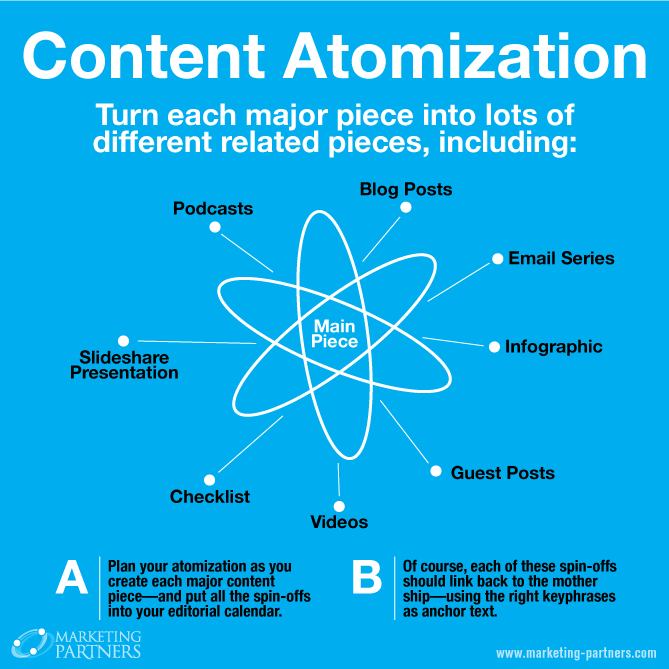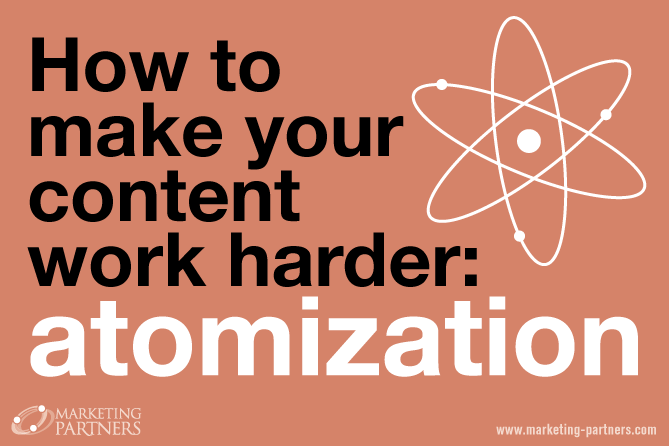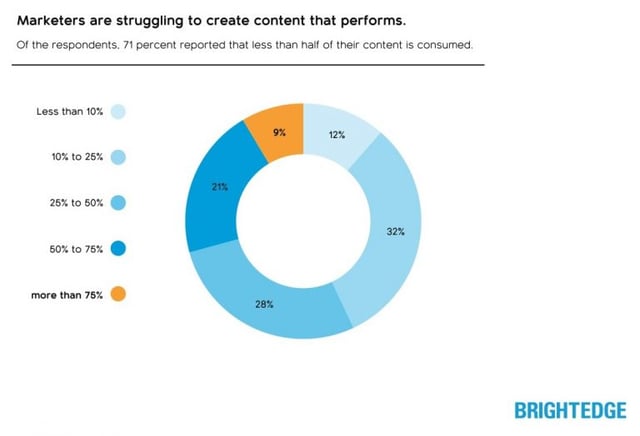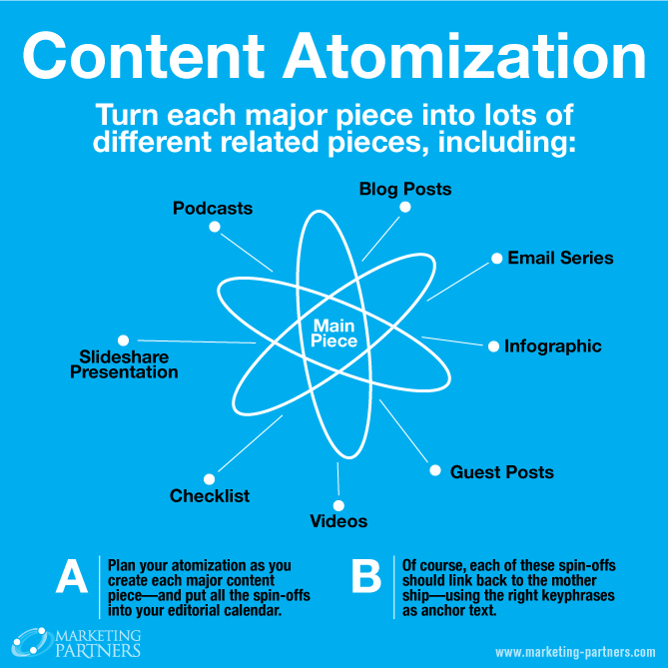How to Use Your Core Values to Inspire, Retain, and Energize Your Team
For the last few decades, but especially so in recent years, people are seeking out more than just an income from their place of employment. More...


Yes, it takes a lot of work to create a stellar piece of content today. And there are no shortcuts. You need to develop the content strategy idea, do the topic research, do keyphrase research, check what your competitors are doing, write the piece, develop complementary graphics, refine, proof, optimize, publish, and promote your content. Phew! Rinse and repeat isn’t very appealing for any mission-driven organization right after such an effort. How can you make that epic content you worked so hard to produce work even harder?
Change marketers everywhere are struggling to produce content that produces results. (Content marketing is all about results.) Recent research from Brightedge put the number at nearly three out of four reported less than half of their content is consumed.

I don’t know about you, but understanding it is a challenge to produce high-performance content makes me value the quality pieces that are working well even more.
Many terms have been used over the years to describe your hardest working content: cornerstone content, flagship content, evergreen articles, content pillars. The core concept is the same — a substantive, long-lasting and informative piece of content on a specific topic or theme that you want to be recognized for. Let’s look at how to squeeze out every drop of value you can from what you have that can be classified as your hardest working content.
“Atomize” means “"reduce to atoms," or “to reduce to minute particles or to a fine spray”. (Love the old-style sci-fi image that comes to mind!)

Ideally, your content strategy includes planning for content atomization before you begin developing a major content piece. Your original outline would include notes on chapters or sections that will work well as a webinar, or a comparison table that can become an infographic, or a series of steps readily converted into a checklist.
But many of you will be working backwards from an existing piece of pillar content. Think of the eBooks, reports, and guides in your content library. Perhaps an “ultimate” guide or white paper you’ve written can be broken down into chapters (or segmented in some other way) to create a series of blog posts around the umbrella topic.
Check out this research report and step-by-step guide from HubSpot for a deep dive into the concept of pillar content and topic clusters, [PDF] and why they are increasingly important for search engine optimization.
The key to a successful after-the-fact content atomization effort is to link each new stand-alone piece back to the core content piece, as well as each other, using the same keyphrase.
Repurposing versus atomization
While repurposing and atomization both help to make your content work harder, I see the two approaches as quite different. Repurposing takes essentially the same content and formats it for use in a different medium or channel. (Formatting a speech or presentation for use on SlideShare is the classic example.)
In contrast, when you atomize epic content, you break it down into discrete pieces, each of which stands alone in a different format or channel. The chapters in an eBook, for example, can become a series of blog posts.
Both approaches have value, but atomization adds the essential SEO value of multiple pieces linking to each other as well as a substantive core piece.
Ask yourself, can you make your content work harder through atomization?
The Change Conversations blog is where changemakers find inspiration and insights on the power of mission-driven communication to create the change you want to see.
© 2009- to present, Marketing Partners, Inc. Content on the Change Conversations blog is licensed under a Creative Commons Attribution-Noncommercial-NoDerivs 3.0 United States License to share as much as you like. Please attribute to Change Conversations and link to ChangeConversations.
Creative Commons License may not apply to images used within posts and pages on this website. See hover-over or links for attribution associated with each image and licensing information.

For the last few decades, but especially so in recent years, people are seeking out more than just an income from their place of employment. More...

You know nonprofit organizations need websites just as small businesses do, but you may be surprised to learn nonprofit sites can be more complex and...

In today’s rapidly evolving media landscape, understanding where and how your story is told isn’t just strategic—it’s essential. How you communicate...